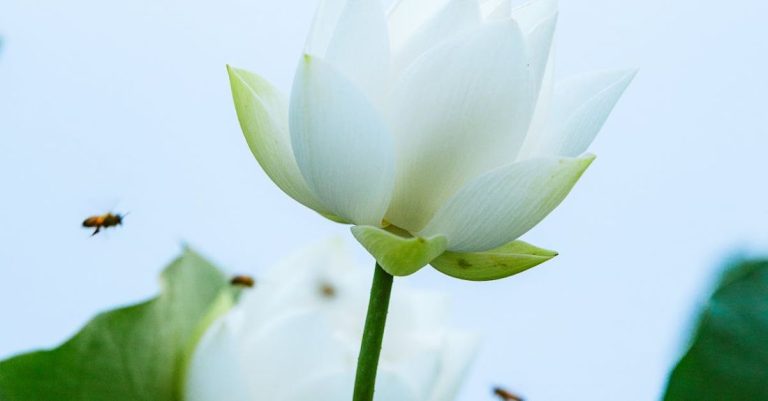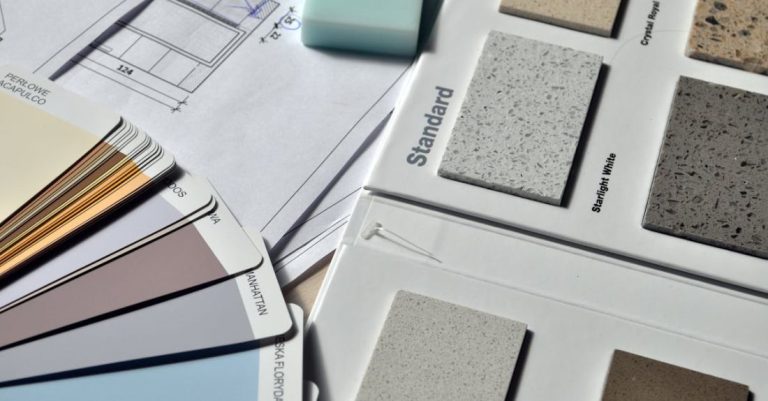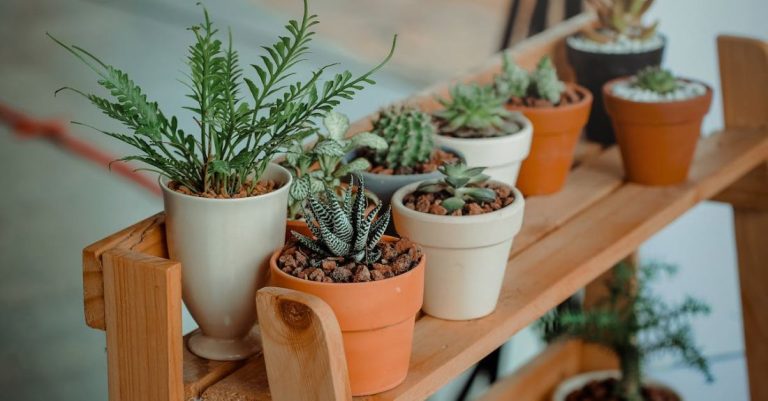
When it comes to creating a visually stunning garden, color plays a crucial role in setting the mood and enhancing the overall appeal. By understanding and implementing color theory in garden design, you can transform your outdoor space into a vibrant and harmonious sanctuary. Whether you prefer a serene and calming atmosphere or a lively and energetic ambiance, utilizing color theory effectively can help you achieve the desired look for your garden.
**The Basics of Color Theory**
Color theory is the study of how colors interact with each other and how they can be combined to create visually pleasing compositions. In garden design, the basic principles of color theory can be applied to create balance, contrast, and harmony in your outdoor space. The color wheel, which consists of primary colors (red, blue, yellow), secondary colors (orange, green, purple), and tertiary colors (a mix of primary and secondary colors), is a useful tool for understanding how colors work together.
**Creating Harmony with Analogous Colors**
Analogous colors are colors that are adjacent to each other on the color wheel and share a similar undertone. When designing your garden, using analogous colors can create a sense of harmony and cohesion. For example, pairing shades of blue and purple or yellow and orange can evoke a tranquil and unified feel in your garden. By planting flowers and foliage that fall within the same color family, you can create a soothing and visually appealing landscape.
**Adding Contrast with Complementary Colors**
Complementary colors are located opposite each other on the color wheel and create a striking contrast when paired together. By incorporating complementary colors into your garden design, you can add visual interest and drama to your outdoor space. For instance, pairing purple flowers with yellow accents or red blooms with green foliage can create a dynamic and eye-catching display. When using complementary colors, be mindful of balancing the intensity of each hue to avoid overwhelming the overall design.
**Establishing Balance with Triadic Colors**
Triadic colors are three colors that are evenly spaced around the color wheel, forming a triangle. By using triadic colors in your garden design, you can achieve a sense of balance and vibrancy. For example, combining red, blue, and yellow flowers in your garden can create a lively and harmonious composition. When working with triadic colors, consider using one dominant color and incorporating the other two as accents to maintain a cohesive look in your garden.
**Embracing Monochromatic Schemes**
Monochromatic color schemes involve using variations of a single color to create a sophisticated and cohesive look. In garden design, monochromatic schemes can be both elegant and impactful. By selecting different shades, tints, and tones of a single color, you can create a sense of depth and texture in your garden. Planting flowers and foliage in varying shades of pink or green, for example, can result in a harmonious and visually pleasing arrangement that exudes elegance and simplicity.
**Experimenting with Color Temperature**
In addition to understanding color relationships, considering color temperature can also influence the mood and atmosphere of your garden. Warm colors, such as red, orange, and yellow, can create a cozy and inviting feel, while cool colors, like blue, green, and purple, can evoke a sense of calm and serenity. By incorporating a mix of warm and cool colors in your garden design, you can strike a balance between energy and relaxation, adding depth and dimension to your outdoor space.
**Achieving a Colorful Garden Oasis**
By incorporating the principles of color theory into your garden design, you can create a visually captivating and harmonious outdoor oasis. Whether you prefer a bold and vibrant color palette or a soft and serene scheme, understanding how colors interact and complement each other can help you achieve the desired ambiance in your garden. Experiment with different color combinations, textures, and plant varieties to create a personalized and enchanting outdoor space that reflects your unique style and personality. With a thoughtful approach to color theory, you can transform your garden into a stunning and inviting retreat that delights the senses and uplifts the spirit.





